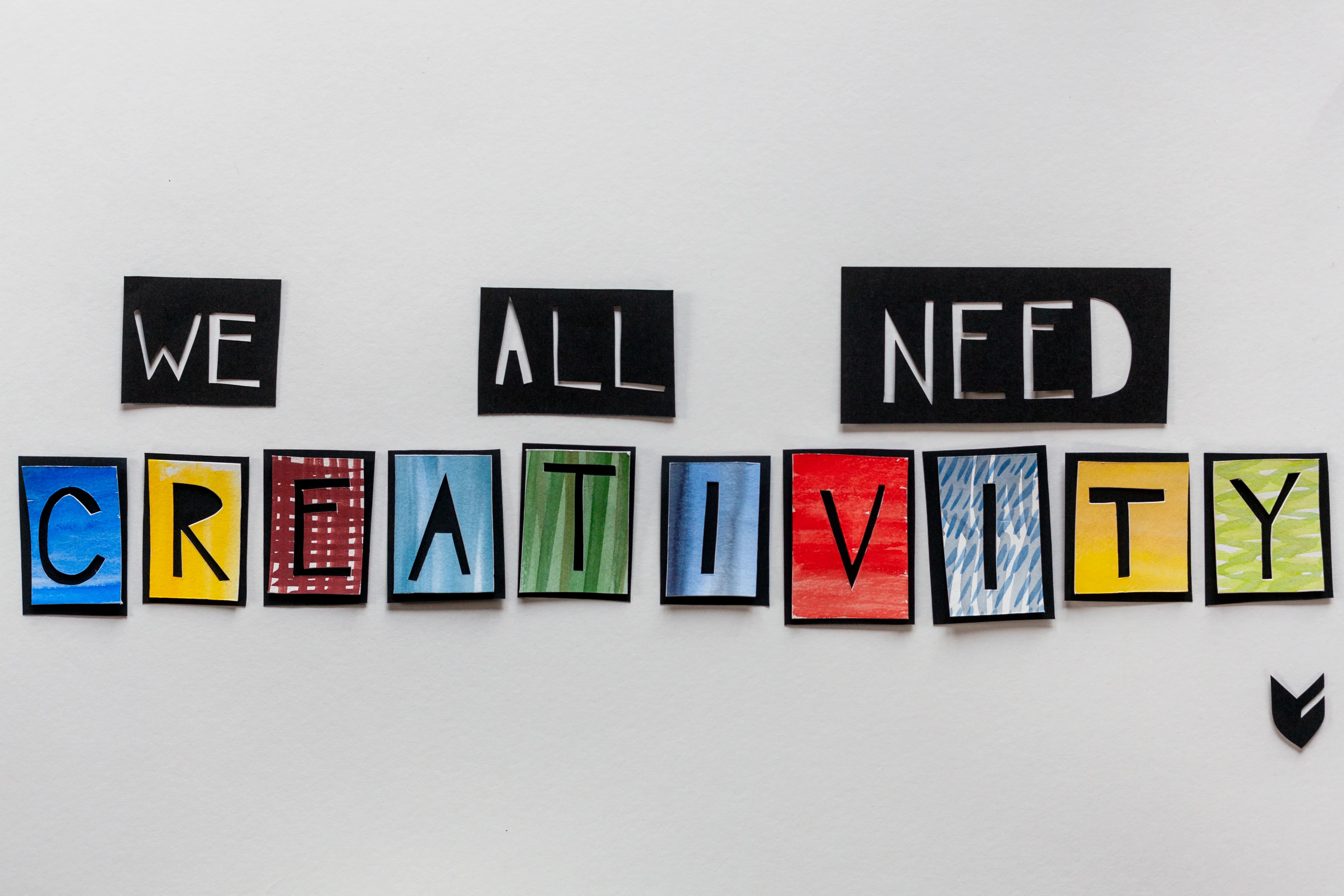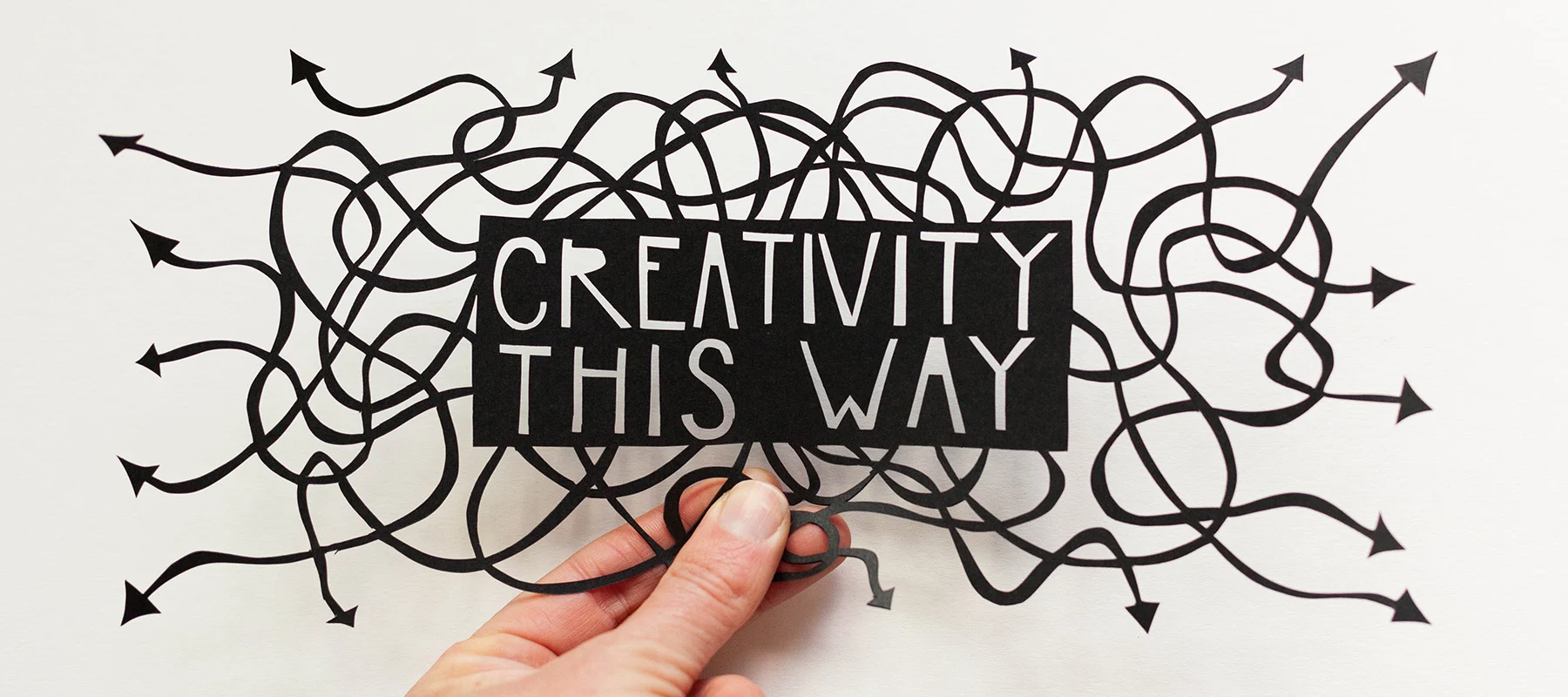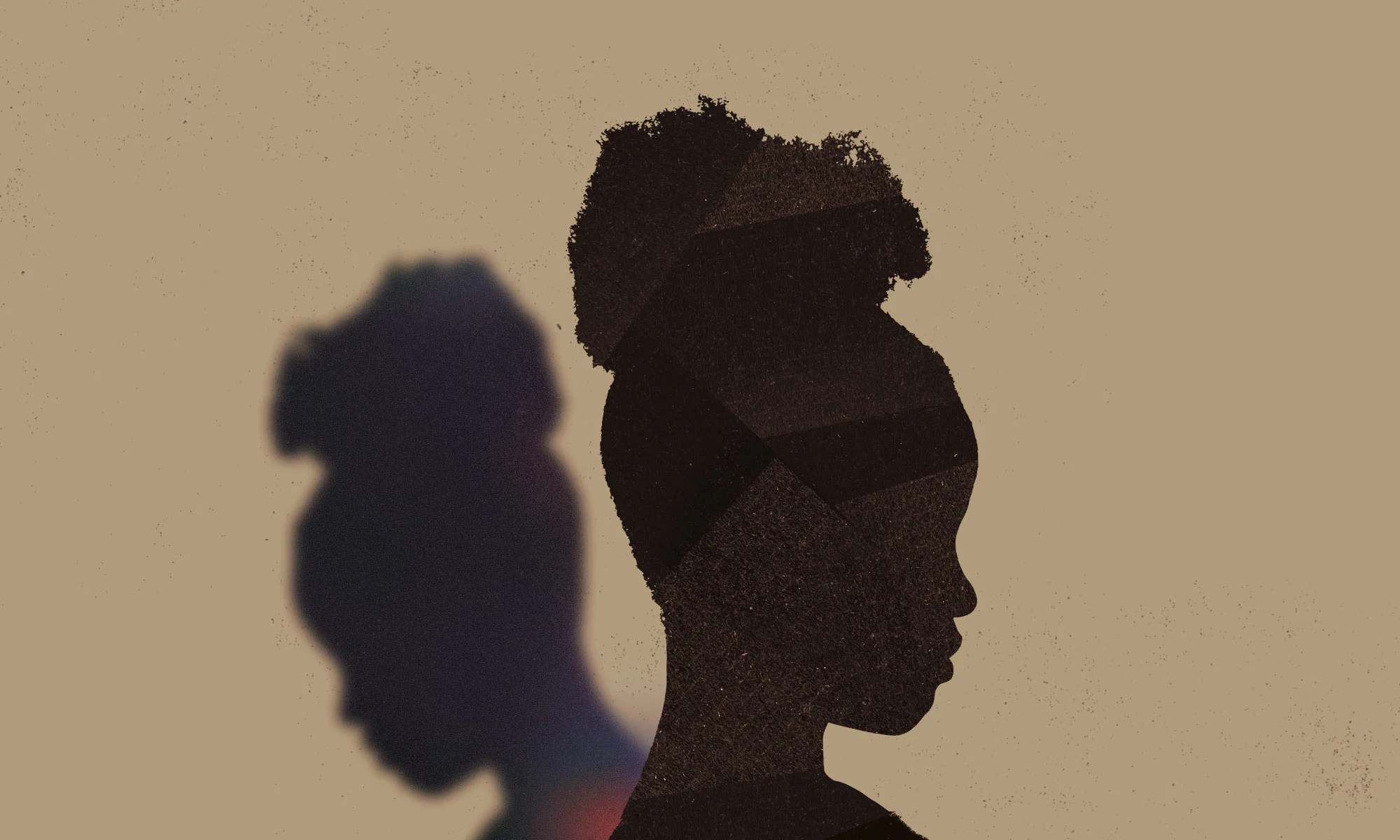The Creative Fuel Series: Wellbeing Requires Creativity
- 24 February 2022
- ByAnna Brones
- 2 min read

Let’s start with a simple, and yet radical, statement: everyone is creative.
Why is that radical? Because despite the growing amount of research that tells us otherwise, culturally, we’re still stuck believing a big myth: that some people are creative and others are not. This myth is a singular way of thinking that does not account for how creativity plays a role in all of our lives, no matter what our professions or our interests. It’s a way of thinking that keeps us from embracing creativity, and in turn, missing out on all of the benefits that come with it.
Humans are inherently creative beings. It is what has allowed us to do everything from the astronomical (building civilizations, flying in space) and to the minute (cook dinner with whatever is left in the refrigerator). It is, “an essential survival tool, and not just for a few people, but for everyone. It is a force in our own personal development and in the evolution of society,” writes Mark Runko and Ruth Richards in Eminent Creativity, Everyday Creativity, and Health.
Creativity isn’t just something you need to be an artist, or a designer, or a writer. We all need creativity. It is who we are, and it is an essential component of our health and wellbeing. “Our creativity helps us cope and survive—and also to find out what we are surviving for,” writes Richards in Everyday Creativity and the Healthy Mind: Dynamic New Paths for Self and Society.
Creativity improves our mental health, it increases our happiness and it helps with the aging process. On an indirect level, it can have additional benefits. You may be encouraged to get more exercise knowing that everyday movement improves creativity, or maybe you’ll prioritize taking naps or breaks because you know that rest fuels creativity.
If we begin to understand creativity as an essential part of our overall health and wellness, then we can begin to do the work to strengthen it. After all, creativity can be a habit, a daily part of our routine. We can treat creativity like a muscle, one that needs to be used regularly. Just like we can work at strengthening our creativity, we can also weaken it. Stress has a significant impact on our creativity, and even too much structure has been shown to stifle it.
Our creative health relies not just on our big creative projects, but all of our creative investments along the way. These two types of creativity are often referred to as “big-c creativity” and “little-c creativity.”
Big-c creativity is your central creative work. If you’re a painter, it’s your paintings. If you’re a writer, it’s your books. Masterpieces and genius ideas fall under the big-c category. All those amazing works in museums? Big-c. All those ideas behind TED talks? Big-c. These are also the ones that we have a tendency to focus on the most, entirely forgetting all the little steps along the way.
Little-c encompasses all of the small steps, the seemingly “less important” creative tasks. Figuring out how to fit all of your work into a cramped schedule. Finding a different route to get somewhere when there’s traffic and the GPS isn’t working. Basically all the ways we figure out novel solutions to minor problems.
While we’re usually pretty focused and obsessed with big-c “...it is often small-c creativity that has allowed humans to flourish over thousands of years. It sets us apart from other animals and it is also the type of creativity which can be fostered through our education system and beyond into the workplace,” write Lucy M. Davies and Lynn Newton. That makes fostering little-c as crucial as focusing on the impressiveness of big-c, working on our “everyday creativity” as Richards calls it.
I asked Andrea Slusarski about little-c and big-c. As Assistant Professor of Art Education at Rocky Mountain College of Art + Design, this is something that she teaches regularly in her courses. She points out that the idea that “creativity needs to be this giant defining thing” can easily hold us back, or create blocks, because it can “really limit your own perception of yourself as a creative.”
It’s easy to understand how this could be limiting for a young student who’s exploring who they are and what they like—these are the kind of limits that can stop good work before it has even begun (just think of the phrase “I’ll never be as good as…”). But that view can actually be limiting at any age. “It’s a big ask,” says Slusarski.
Which is why for the future art educators that she is teaching, she tries to hone in on the importance of the little-c’s. For her, this everyday version of creativity is essential not just for her own art practice, but for her wellbeing. “A lot of my personal things that I do for my own mental health I see as my little-c’s,” says Slusarski. “I journal, I sketch, I go for a walk every day. I really try to hone in on the stuff that makes me feel good or helps me stay balanced and checked in… and then it's also fun to think of them like, ‘well if I sketch enough in my sketchbook, that eventually can build up into a big-c.’”
The more we invest in creativity, the more we invest in our own health, and while sometimes we can get intimidated or blocked by thinking of all the big creative projects, the great thing about little-c’s and everyday creativity is that we don’t have to overthink it. “Just ask the question: what do you need to do every day that can help you feel good?” says Slusarski.
These small acts of creativity increase our overall sense of well-being, and they’re also part of a holistic approach to how we feel. I grew up going to a YMCA camp, and for a long time was a camp counselor there, so the concept of “spirit, mind, and body” was ingrained in me from a young age. However, I didn’t come from a religious background, and I didn’t always know what to do with the “spirit” part. As I have grown older and stepped into my creative practice, I’ve started thinking about this wellness triangle in a different way: Mind, Body, Creativity. They are all interconnected, and they all fuel each other.
When we invest in our health and our minds, we strengthen our creativity. And when we invest in our creativity, we strengthen our health and our minds. Slusarski also takes that view of art and creativity, that they are an approach to thinking holistically about our wellbeing.
“Art gives us a way to talk about our feelings or express things that is connected to something tangible and a vocabulary that can be shared” says Slusarski. “That is what studying creativity, or opening people’s ability to see creativity in their everyday lives, allows people: to have that mind, body, spirit approach to understanding art through their own lens.”
Everyday creativity is a psychological strength. What better way to invest in our wellbeing than making space for more of it.
The Creative Fuel Series is a new column for the Big Cartel blog devoted to creativity. Each monthly installment takes a specific look at an element of the creative process or explores the benefits of creativity.
24 February 2022
Words by:Anna Brones
Tags
- Share

